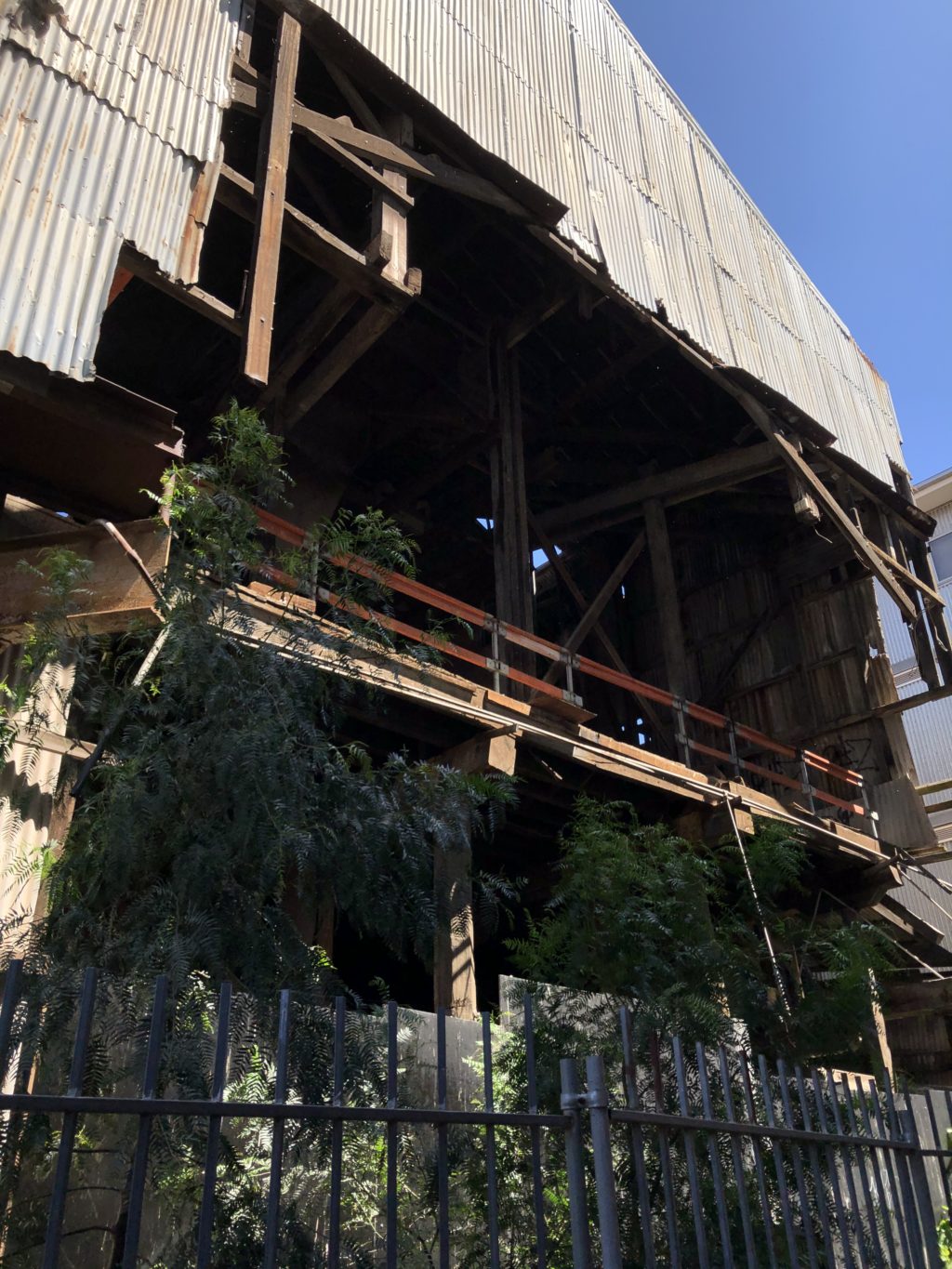UPDATE: New demolition proposal at Former Hoffman Brickworks site

A new permit application has been lodged with Heritage Victoria for the complete demolition of the Brick Pressing Shed and the Steam Engine House, and the construction of a seven-story apartment building, at the Former Hoffman Brickworks. The proposal also includes an interpretative centre on the ground floor, which would house some of the brick-making equipment.
The applicant has cited the poor structural condition of the building and contamination issues as justification for demolition.
How we got here?
The National Trust has been actively involved in the preservation of this site for three decades, including classifying the place on our Heritage register at the State level in 1988. Since 1997, when the site was sold, the National Trust and the Save the Brickworks community advocacy group have attempted to work with the owner-developer, Moreland City Council, and Heritage Victoria, to craft a new vision for the place that respects and celebrates the site’s industrial and social history.
Originally, Heritage Victoria and Moreland City Council approved plans for the redevelopment of the site, but required the conservation of the historic core – the Pressing Shed and Engine House with the pressing Shed having interpretation as its primary use.
While two kilns have been redeveloped into apartment buildings, it is clear that the Pressing Shed and the Engine House have not been adequately maintained, contributing to the poor structural condition of the buildings. This has been exacerbated by fire damage to the Pressing Shed in early 2018, and the collapse of the Engine House roof in June 2020.
Why is the Former Hoffman Brickworks significant?
The Former Hoffman Brickworks site is one of the most historically important brickmaking sites in Australia, and is integral to the history of Brunswick’s economic and social development. The Hoffman company pioneered the industrialisation of brickmaking in Australia by introducing the revolutionary Hoffman kiln, for which the company had patent rights. The kilns were built to service the 1880’s ‘Marvellous Melbourne’ building boom, producing forty million bricks per year.
The Pressing Shed and the Engine House are specifically identified in the Victorian Heritage Register Statement of Significance as having primary and contributory heritage significance to the site.
We strongly believe that the significance of the place lies in the collection and cumulative whole of the retained buildings and their context, including the already heavily adapted and altered kilns, the Pressing Shed, Engine House, and the remnant artefacts and machinery across the site.
Next steps
We will be strongly objecting to the proposed demolition of the Pressing Shed and the Engine House, which are fundamental to the significance of the site, and would have an adverse and irreversible impact on the significance of the site.
How you can be involved
Save the Brickworks have published a guide to help submit an objection, which can be accessed here. Objections to the permit application must be made to Heritage Victoria by 10 November 2020.
UPDATE 10 November 2020
In November, we wrote in strong objection to the permit application, and respectfully called on the Executive Director to issue a refusal.
We do not consider that sufficient evidence has been provided to demonstrate that structural or contamination issues would justify demolition, or that reconstruction is not possible.
We also strongly opposed the applicants mitigating response to the proposed demolition, specifically the “interpretation” of the existing buildings in the design for the proposed replacement building, and inclusion of an interpretation centre. We do not agree that this provides an adequate balance to the adverse and unacceptable impact the proposal would have on the place.
Finally, we submitted that the Applicant had failed to adequately demonstrate that refusal would unduly affect the reasonable or economic use of the registered place under S101(2) of the Heritage Act 2017. We noted that the applicant has been provided with, and taken advantage of, numerous opportunities to develop the site and generate profits in the past. It is reasonable to expect that these profits should contribute to the maintenance and conservation of the site as a whole. However this does not seem to have been the case, with buildings 5 and 6 having been left to deteriorate to the state that we find them in today.
Read our full submission here.
Feature image Brick Pressing Shed
They could pull down the Vatican and leave a cross in the foyer of the flats. Thats interpretive. Most people dont see industrial history as important. I worked in a building that was the first or one of the first cordial factories in Melbourne. Its now flats.